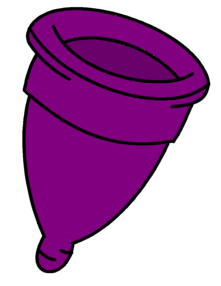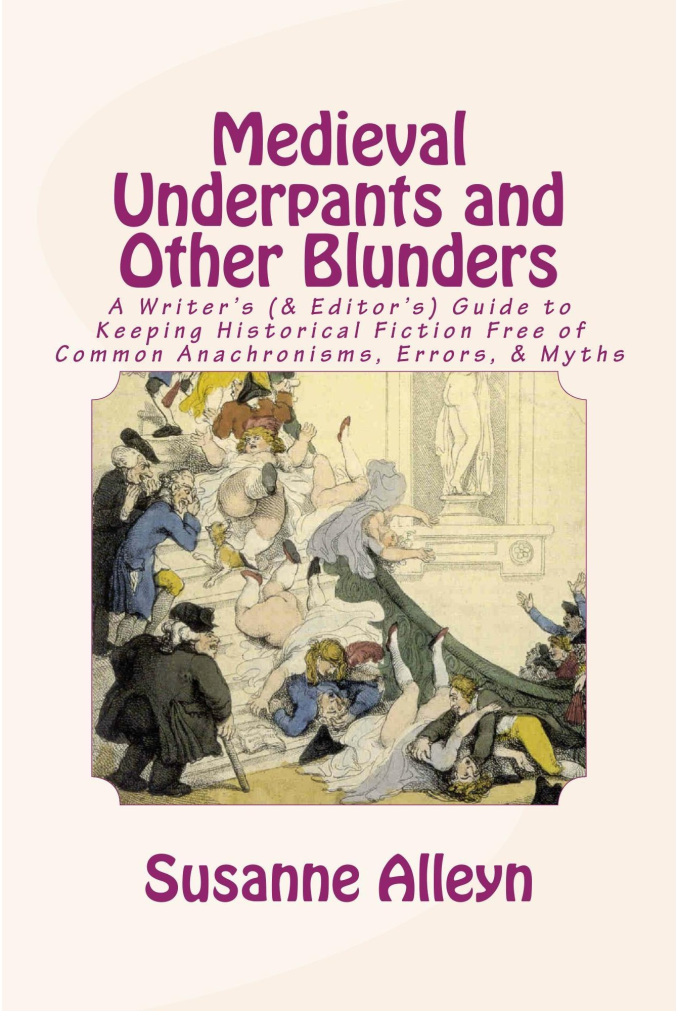Here’s something that I wish I had known far, far sooner than I did…
There are eco-friendly period options. Until my early 30’s, I didn’t realize that there were feminine hygiene options beyond disposable pads and tampons. I’m not sure why—maybe I was hanging around the wrong people, or maybe these products just weren’t as popular as they are now. Whatever the case, I’m happy that I made the switch, although I do regret all those wasted years (and money!).
I’ll talk about what’s wrong with traditional feminine hygiene products and then offer a couple of alternatives.
What’s Wrong with Disposable Pads and Tampons?
Pads and tampons are expensive. I know that I get a bit of sticker shock when I browse that aisle at the local drugstore. According to the Huffington Post, people spend an average of £13 on pads or tampons each month. This can add up to thousands over a lifetime.
According to that same article, only 6% of people in the UK are using a menstrual cup. This means that 94% of people are using disposables. Estimates vary, but it’s thought that the average person produces 100-150 kg of waste during a lifetime from feminine hygiene products. These products, by their nature, aren’t recyclable. 90% of disposable pads are non-biodegradable plastic, which will still be hanging around thousands of years from now.
This isn’t a huge amount when compared to other polluters, but it’s not ideal especially when considering that there are far less wasteful options.
The final reason why disposables aren’t great is because they often contain trace amounts of pesticides and other chemicals. Although not found in huge quantities, repeated exposure to these products is thought to potentially have some serious side effects. There aren’t a lot of studies related to this, nor is there much information from the manufacturing companies about what exactly is in their products.
Overall, disposable pads and tampons are expensive, and not great for the environment or our health. Thankfully, there are some better, eco-friendly period options.
Reusable Option #1: Menstrual Cups

As only 6% of menstruating people in the UK use menstrual cup, you may not know what they are.
What is a menstrual cup? They are bell-shaped cylinders made from medical grade silicone and they’re designed to replace tampons. The best thing about them is that they’re reusable, and with proper care and cleaning, can last for 5-10 years.
A menstrual cup is obviously much better for the environment than thousands of pads or tampons, particularly if you have a heavy and/or long flow. There’s more good news—menstrual cups can often be recycled, depending on where you live.
Period cups cost around 20 pounds, which makes them slightly more expensive than disposable products in the short term. But when compared to the 13 pounds a month on disposables, you’ll be saving money in only a couple of months.
The final reason to consider making the switch to a menstrual cup is because they don’t contain chemicals and pesticides in them. Just be sure to get a top-quality cup that won’t degrade quickly. To date, there has only been one reported case of toxic shock syndrome related to menstrual cup usage, unlike with tampons where there are thousands of cases.
If you live in the UK, an excellent option is the Brighton based MoonCup. It’s one of the oldest, most established menstrual cup companies in the world. Shipping is free and you can order directly from their website here. You’ll be well on your way to an eco-friendly period!
Reusable Option #2: Cloth Menstrual Pads
The next eco-friendly period option is cloth menstrual pads. They are similar to disposable pads, except that they’re reusable. You just have to wash them with your regular laundry. The best ones are made from stain resistant materials and/or are made from dark fabric.
Cloth pads come in at around 3 pounds, or you can make your own for cheaper. Like menstrual cups, they can last for 5-10 years and most people find that a set of 6-8 is enough to get through their period in style. Again, you’d be saving money by using reusable pads in only a couple of months when compared to their disposable counterparts.
Cloth menstrual pads can go a long way towards reducing waste going to the landfill, particularly of the plastic variety. They are made from natural materials like charcoal, bamboo and cotton so once thrown away, will biodegrade. I’ve even heard of people burying cloth pads in their garden once they’re done with them!
Finally, cloth pads don’t contain all those chemicals and pesticides that the disposable ones do. Just be sure to wash them a couple of times before using them. Check out this Cloth Pad FAQ guide for more details.
Look on Amazon.co.uk for all the cloth menstrual pad options available to you. You’ll find a wide range of sizes and styles, just like with disposable pads.
Ready to Make the Switch?
Are you ready for some eco-friendly period awesome in your life? Congratulations! You’ll be joining an enlightened group of people who are excited that there is a better way. You’ll also save thousands of dollars, produce a lot less plastic waste, and reduce your chemical load.
Small changes really do make a difference. Be a part of the change.
Bio
Jackie Bolen is a tree-hugging, friend of the Earth who can often be found paddling the rivers, on top of a mountain, or drinking organic coffee around Vancouver, Canada. Her hope is that one day, a menstrual cup or cloth pad will be found in the hands of every single menstruating person in the world.
Advertisements Share this:- More





